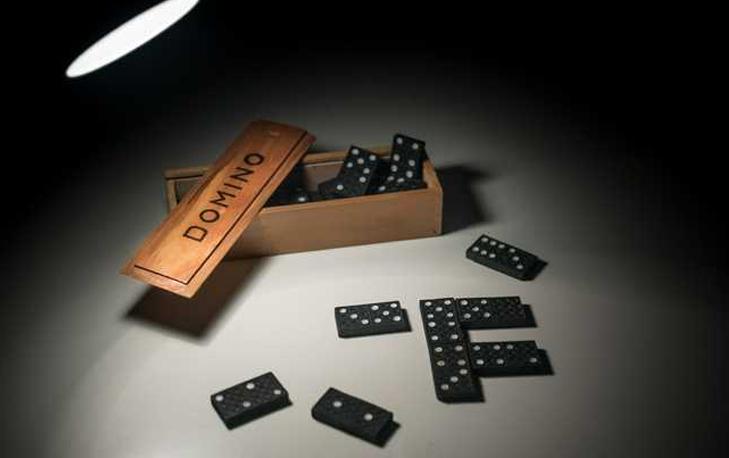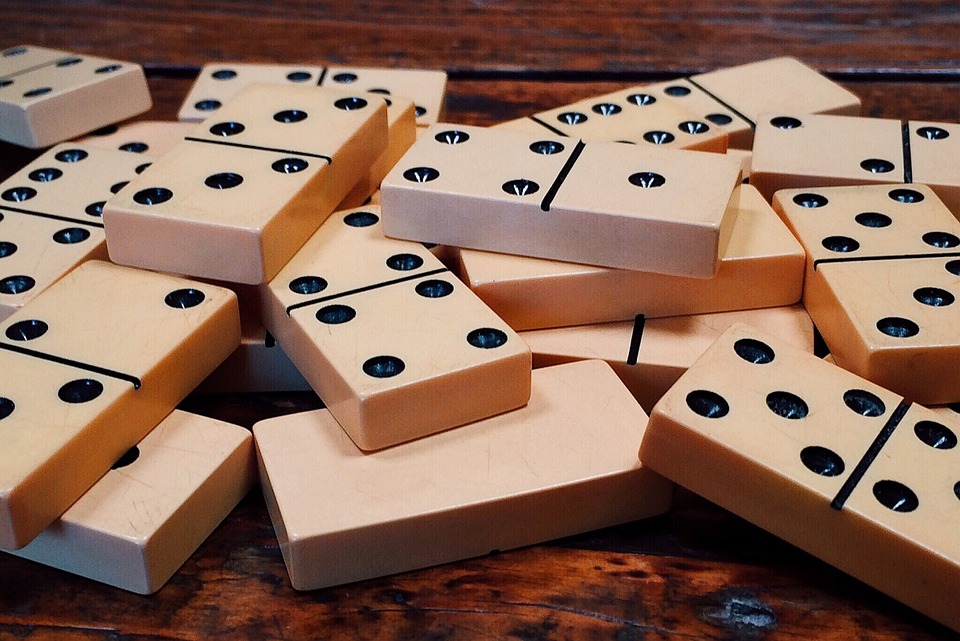Do you remember dominoes? Some children love to play with the black-and-white rectangles. Some people line them up in long rows, then they are thrown down. Dominoes can be used in many different ways, but they are always fun to play with.
Dominoes refer to the individual pieces of a domino set that usually has 28 pieces. There are many names for them. They are often called bones, tiles, stones or spinners.
A domino is a rectangular divided by a line in its middle. This divides the ends into two squares. The pips are the number of spots on each end. In that they can be used in many different ways, Dominoes can be compared to playing cards or dice.
Each combination of numbers can be represented by a traditional domino set. Traditional domino sets include one piece per number. These sets are sometimes called “double six” sets. Why? Six spots are located on each end of the piece with highest value. There are other sets that contain more dominoes. The most extensive are the “double 18” sets, which contain 190 dominoes.
Ever WONDERed about the origin of the name “dominoes?” Their resemblance is to Italian carnival masks called domini. They were made of white masks with black spots. They were also named after the hoods of French priests, which were both black on the outside but white inside. The Latin word dominus, which can be translated as “lord” and “master”, is the name of the group.
Two players are required to play the most basic dominoes game. First, place the 28 dominoes face down in a pile. This is the stock, or boneyard. Each player then chooses seven dominoes.
The game begins with one player playing their dominoes. The other player will place their domino next to the first one. It must have the same number and number of pips on both ends as the previous domino.
What happens if the second player doesn’t have dominoes that match the value of the one they already played? They must then choose another domino from their boneyard. They continue doing this until they find a domino they can play. The pattern continues until one player wins by winning all dominoes, or until no one can play.
This is only one game that you can play with dominoes. There are many more options. There are many other options.
However, not everyone uses dominoes for these kinds of games. Children love dominoes because they are easy to stack in long lines. The first domino can be tipped if it is placed in a straight line. This causes the next domino to tip, and so on. All the dominoes eventually fall over.
Stacking dominoes this way can create complex designs. This also led to the common phrase, the “domino effect.” That describes a series of events that starts with one simple action that ultimately leads to much greater–and sometimes catastrophic–consequences.
Did you ever try to create an interesting shape by stacking dominoes? Perhaps you have played one of the many possible games. Dominoes are an excellent example of toys that have stood the test of age!



